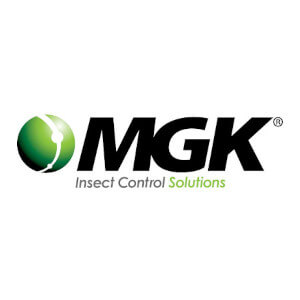MGK entomologist J.B. Howell was recently featured on the WATT Poultry Chat to discuss darkling beetle control in poultry production, specifically broiler houses. Check out the video or see the top three things we took away from the discussion below.
- Banded or whole house application? It’s up to you.
Depending on your specific requirements, poultry house treatments with liquid can be done one of two ways: Banded or Whole House. You might save time and resources with a banded application focused under the feed lines, water lines and against the walls, but that could drive insect activity into areas where they won’t come into contact with the insecticide. On the other hand, J.B. explains that a whole house application requires an adjustment to equipment to treat absolutely everything, but since you’re treating every surface, it’s more difficult for pests to find harborage. - Litter amendments and insecticides don’t mix.
Litter amendments, a practice used to reduce ammonia levels between flocks, can be highly acidic, which may affect the success of an insecticide. For dry amendments, J.B. recommends applying the insecticide first, allowing it to dry, and then doing the litter amendment. For wet amendments, do the opposite: apply the litter amendment first, allow it to dry, then perform the insecticide treatment. - IGRs could be the key to your success.
Insect growth regulators, or IGRs, are not consistently used, but are extremely effective. Their biggest benefit is providing an additional mode of action to your existing treatment. Rather than killing all the adults and the few larvae present on the surface, an IGR will affect any remaining immature insects, attacking their ability to molt, reach sexual maturity and reproduce.
MGK Resources & Products
Get darkling beetle resources, including biology and identification
Explore products designed to help you control darkling beetles:

